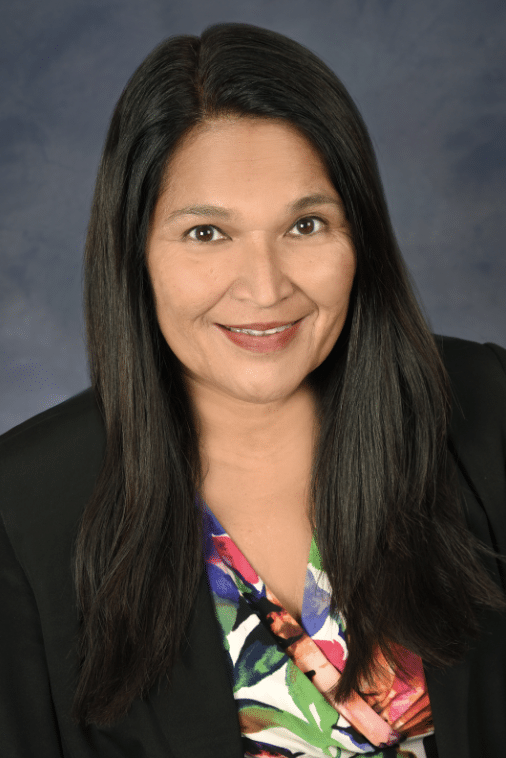The notion of “capacity building” is one we hear everywhere, and is often connected with ideas of helping an individual or teams grow their ability to expand or better meet an organizational mission. In the Steve Fund’s higher education consulting practice, we think of capacity building as a process that starts from the ground up. With our clients, we shape transformational change that is rooted in building a new, inclusive foundation, rather than adding on to an existing structure. For us, capacity involves more than enhancing the skills and knowledge of individuals; indeed, capacity building becomes tightly tied to the quality of an organization.
What do we mean by that? Organizations that truly want to build capacity will intentionally examine what we call “hierarchical exclusive structures”– those organizational systems that leave out key voices, perspectives, and rationales. Capacity building, then, is understood to be a structural process that addresses current and historical trauma, politics and context, and the redistribution of power to create sustainable change.
A building capacity engagement within the Steve Fund’s higher education consulting practice will center concepts such as collaboration, community, values-driven, innovation, resourceful, and longevity. When thinking about how to support better inclusion of all students on campuses, we must examine deeply and intentionally our existing structures and how to build new capacity to better serve our communities. This is more than traditional “DEI” work and ultimately is tied to better outcomes, more inclusivity, and a deeper connection to organizational mission. At one of our client-sites, capacity building meant inviting a person of color with additional expertise to join the leadership collaborative to help facilitate the work.
In today’s rapidly changing campus environments, higher education leaders, other professionals, and students need engagements tailored to their unique experiences. The Steve Fund’s customized offerings help our clients improve the mental health and emotional well-being of young people of color.

